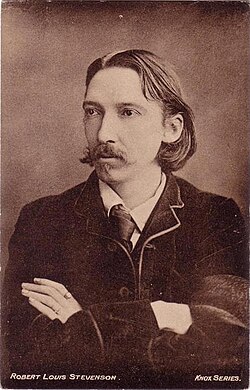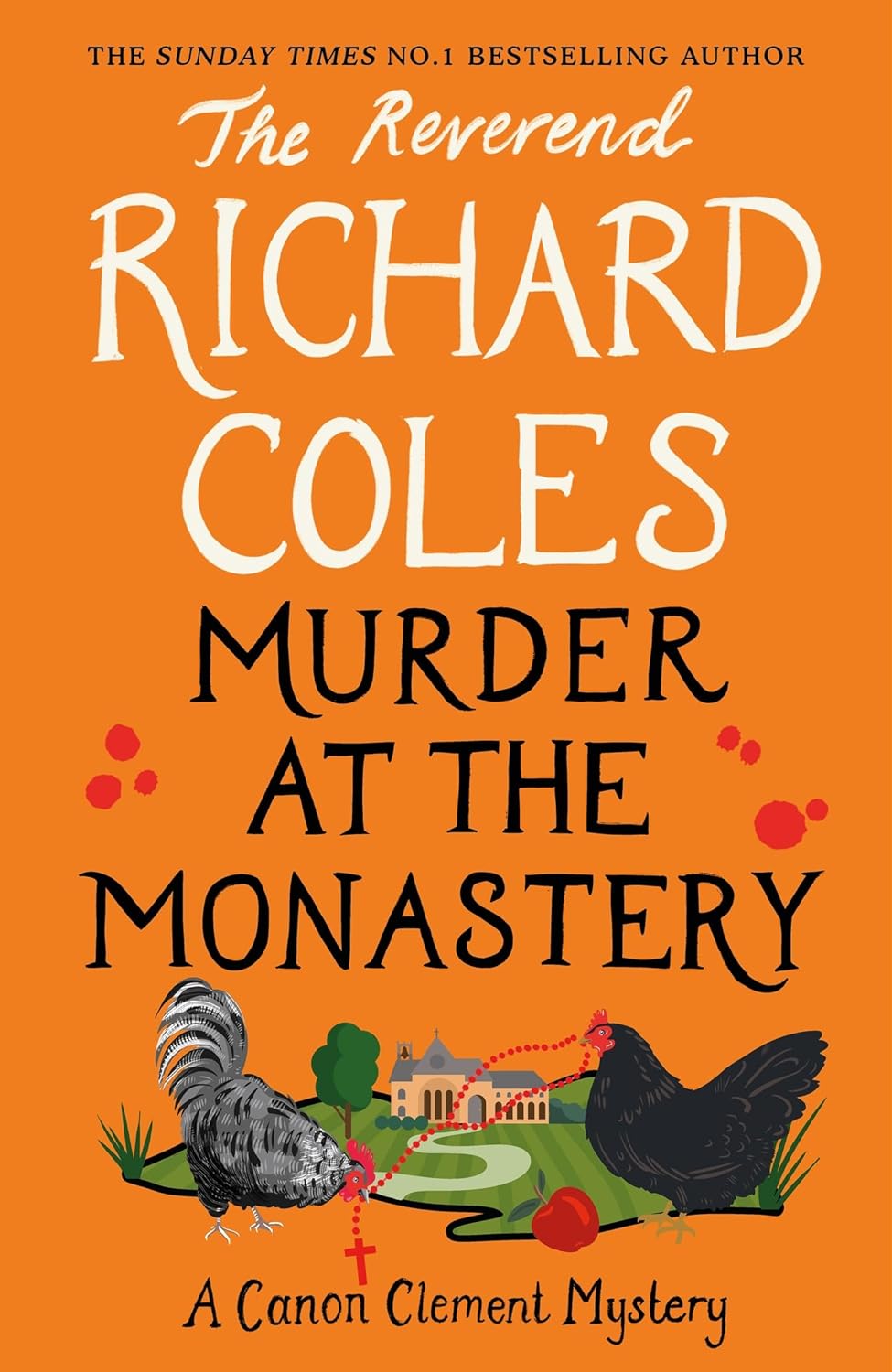Robert Louis Stevenson
Author:
Robert Louis Stevenson
Date of birth: 13-Nov-1850
Place of birth: Edinburgh, Scotland UK
About the author:
Robert Louis Stevenson (1850–1894) was a Scottish novelist, poet, essayist, and travel writer, celebrated for his adventure stories, vivid imagination, and exploration of the duality of human nature. Best known for works like Treasure Island, Strange Case of Dr Jekyll and Mr Hyde, and Kidnapped, Stevenson’s influence spans genres and generations, and his writing remains widely read and admired across the world.
Born Robert Lewis Balfour Stevenson on November 13, 1850, in Edinburgh, Scotland, he came from a family of distinguished lighthouse engineers. Although expected to follow in the family profession, Stevenson chose instead to pursue a literary life, studying law at the University of Edinburgh but never practicing. From a young age, he suffered from chronic respiratory illness (likely tuberculosis), which would affect him throughout his life and shape his worldview.
Despite frequent illness, Stevenson began publishing essays and travel narratives in the early 1870s, including An Inland Voyage (1878) and Travels with a Donkey in the Cévennes (1879), which combined keen observation with wit and a romantic appreciation of nature and solitude.
His first major success came with Treasure Island (1883), a thrilling pirate adventure novel that captured the imagination of readers young and old with its timeless characters—most notably Long John Silver—and themes of adventure, loyalty, and moral complexity. The novel established Stevenson’s reputation as a master storyteller.
Stevenson went on to produce a stream of notable works, including:
•The Strange Case of Dr Jekyll and Mr Hyde (1886), a psychological horror novella that explores the dual nature of man and became a cornerstone of Gothic fiction;
•Kidnapped (1886), a historical adventure set in Scotland that blends real events with fictional narrative;
•The Black Arrow (1888), a tale of the Wars of the Roses;
•The Master of Ballantrae (1889), a dark novel of sibling rivalry and betrayal.
Stevenson's themes often revolved around moral ambiguity, identity, and the conflict between civilisation and savagery—issues that resonated in the Victorian age and continue to resonate today. His ability to write both gripping narratives and reflective essays made him one of the most versatile writers of his time.
In 1880, Stevenson married Fanny Osbourne, an American divorcée with children, and traveled extensively in search of a climate better suited to his health. The couple eventually settled in Samoa in 1890, where Stevenson became deeply involved with local politics and culture. The Samoan people respected him greatly, calling him “Tusitala” (the teller of tales). His time in the South Pacific inspired several later works, including In the South Seas and The Ebb-Tide.
Despite his relatively short life—he died suddenly of a cerebral haemorrhage on December 3, 1894, at the age of 44—Stevenson left behind a remarkably diverse and influential body of work. He is remembered not only for his contribution to adventure and Gothic fiction but also for his essays, poems (such as A Child’s Garden of Verses), and travel writing, which reveal a thoughtful and deeply humane voice.
Robert Louis Stevenson remains one of the most beloved authors in the English language. His ability to craft compelling stories that explore the complexities of the human condition has ensured his place in the literary canon, and his works continue to inspire adaptations, reinterpretations, and scholarly discussion.

This page was updated on: 1st September 2024

